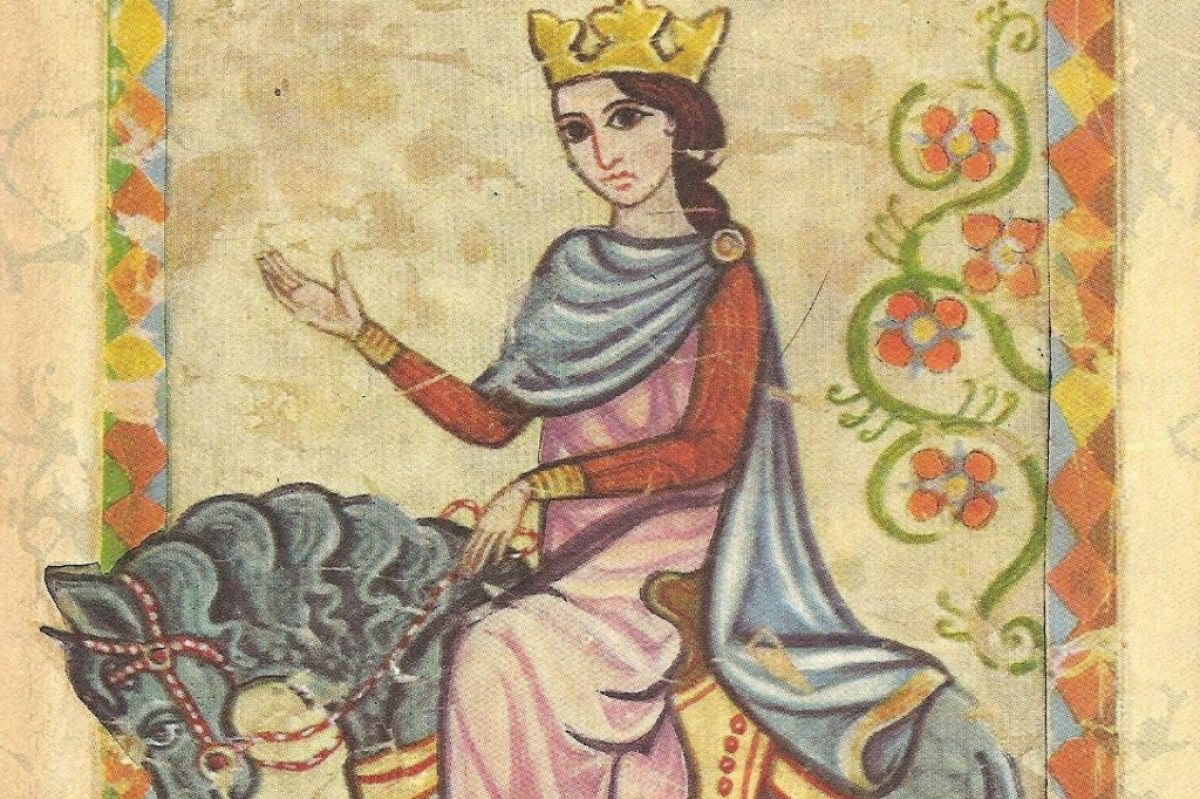Focus on Flowers.
The idea of private pleasure gardens during the Middle Ages in England was espoused by Eleanor of Aquitaine who was a powerful and rich woman, who was unusual for that time.
She introduced French luxury into the English court after her marriage to the future King Henry II in 1152. She was a pioneer of horticultural fashion. She created a garden at Winchester Castle with flower beds, a pergola, and a fountain. Gravel paths were made to protect the ladies' slippers from getting dirty, and shade from rose-covered arbors saved their delicate complexions from sunburn.
Many castle gardens at that time also had mounds so that visitors could stand on them to see over the garden walls.
No medieval castle gardens remain today, but the symbolism has been communicated via religious texts. For example, a gate reminded people of the virgin's chastity, a fountain symbolized purity, white roses represented the virgin's innocence, and red roses represented the blood of her son's sacrifice.
The pink color of carnations suggested that the word was made flesh, lilies denoted purity, and evergreen ivy meant loyalty.
Wild strawberries symbolized the Virgin birth and the rather difficult-to-express concept of the combination of purity and fecundity. This is because a strawberry plant flowers and fruits at the same time and is one of very few plants that can do both at once.
This is Moya Andrews, and today we focused on Eleanor of Aquitaine.
IMAGE
Adobestock
TAGS










